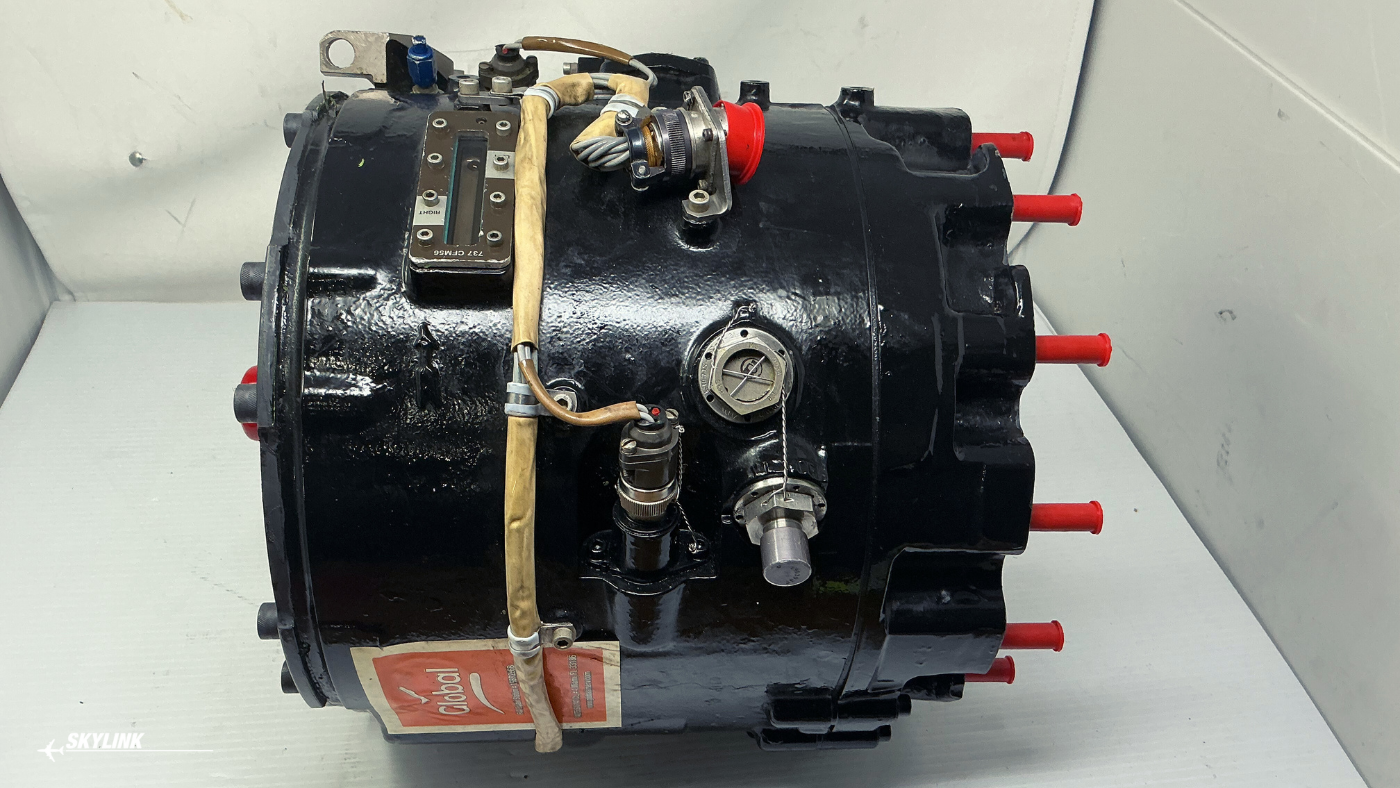Counterfeit aircraft parts are a ticking time bomb in the aviation industry. They lurk in supply chains, disguised as genuine components.
The FAA estimates that 2% of the 26 million parts installed on US aircraft annually are counterfeit. This growing problem threatens safety and reliability.
In an industry where precision is paramount and the stakes are sky-high, knowing how to spot fakes is not just important—it’s essential.
The Hidden Dangers of Counterfeit Parts
Counterfeit parts are more than just a nuisance; they're a serious and pervasive threat to aviation safety.
These bogus components, often manufactured from subpar materials or to improper specifications, can fail catastrophically at critical moments.
The dangers extend beyond the operational risks. Installing counterfeit parts, even unknowingly, can void manufacturer warranties, nullify aircraft insurance policies, and expose owners and operators to costly lawsuits or criminal charges.
In one alarming case, the FAA discovered counterfeit turbine blades, a critical engine component, in several commercial jets. Had those fake blades been installed, the results could have been catastrophic.
This is just one example of how counterfeit parts can lurk within the supply chain, making diligence essential for everyone.
How to Identify Counterfeit Parts
Spotting counterfeit parts requires a keen eye and a methodical approach.
While counterfeiters are becoming increasingly sophisticated, there are still several red flags that can help you identify potential fakes and protect your aircraft:
1/ Suspiciously Low Prices
If a deal on a part seems too good to be true, it probably is. Counterfeiters often try to lure unsuspecting buyers with rock-bottom prices that undercut the market.
But remember, if a price seems suspiciously low for a high-value part, there's likely a catch. Saving a few dollars is never worth compromising your aircraft's safety and integrity.
2/ Missing or Suspicious Documentation
Authentic aircraft parts always come with a paper trail—certificates of authenticity, traceability documents like Form 8130-3, and compliance records showing adherence to FAA regulations.
If a part lacks this essential documentation or if the paperwork looks altered, incomplete, or otherwise suspicious, treat it as a significant warning sign. Insist on seeing complete and verifiable docs.
3/ Shoddy Packaging
Genuine aircraft parts are packaged with the utmost care and precision. OEM packaging is sturdy, properly labeled, and features security measures like holograms or special seals.
If a supposed "new" part arrives in flimsy, generic, or poorly labeled packaging, it's a good indication you may be dealing with a counterfeit. Don't be fooled by superficial appearances.
4/ Branding Inconsistencies
When inspecting a part, pay close attention to branding details. Check for misspelled words, incorrect manufacturer logos, inconsistent fonts, or any other detail that doesn't match the OEM's typical branding.
Even subtle inconsistencies can betray a fake. Familiarize yourself with how genuine parts are marked so you can spot discrepancies more easily.
5/ Manufacturing Flaws
Genuine aircraft parts are crafted to the highest standards using top-grade materials and precision manufacturing. Examine parts closely for signs of inferior quality—things like rough finishes, burrs, misaligned holes, incorrect dimensions, or visible tool marks.
Fakes often exhibit subpar craftsmanship that can be detected with a discerning eye and a measuring tool.
6/ Unverified Suppliers
One of the best defenses against counterfeits is only sourcing parts from reputable suppliers.
Ensure your vendor is an authorized distributor for the manufacturer and holds relevant industry accreditations like AS9120 or ASA-100 for aerospace quality management. If a supplier is evasive about their certifications, has a limited industry track record, or pushes you for quick sales, consider it a big red flag.
7/ Altered Serial Numbers
Legitimate aircraft parts have unique serial numbers that can be traced back to the original manufacturer.
These identifiers are permanently marked on the part and should match the accompanying documentation. Be very wary of any parts with missing, altered, or mismatched serial numbers, as counterfeiters commonly use this tactic to disguise a part's true origins.
Exercise extreme caution if you encounter a part exhibiting any combination of these warning signs.
The risks of installing a potential counterfeit, no matter how convincing it may appear, aren't worth the possible consequences. Always err on the side of safety.
What to Do If You Suspect a Fake
If you encounter a part that appears counterfeit, immediate action is necessary to prevent it from being installed on an aircraft.
The first step is to quarantine the part to ensure that it does not get mistakenly used in maintenance or repairs. Isolating the part allows for a proper investigation while preventing potential safety risks.
Next, it is crucial to report suspected counterfeit parts to the appropriate authorities. The FAA, EASA, and other regulatory bodies take counterfeit aircraft parts seriously and will investigate any reported cases. Notifying the original equipment manufacturer (OEM) is also recommended, as they can help verify the part's authenticity and track any fraudulent activity.
Once the counterfeit part has been identified, it must be replaced immediately with a genuine component from a trusted supplier. Aircraft safety depends on the reliability of every part, so there is no room for compromise. Choosing a reputable supplier that provides full documentation, traceability, and industry-certified parts is essential to maintaining airworthiness.
Keeping detailed records of the incident is also important. Documenting the part’s appearance, packaging, and any correspondence with the supplier can be valuable for warranty claims, insurance purposes, and regulatory investigations. Proper documentation can also help prevent similar incidents in the future by exposing fraudulent suppliers.
The Bottom Line: Safety Is Non-Negotiable
Counterfeit aircraft parts are a serious and growing threat, but with the right knowledge and vigilance, they can be identified and removed from the supply chain.
Knowing how to spot the warning signs, verifying supplier credibility, and acting swiftly when a counterfeit is suspected can make all the difference in ensuring flight safety.
At Skylink, we take pride in providing only authentic, traceable, and certified aircraft parts. Our commitment to quality ensures that your aircraft remains safe and operational.
Don’t take risks with counterfeit components—work with a supplier you can trust.





